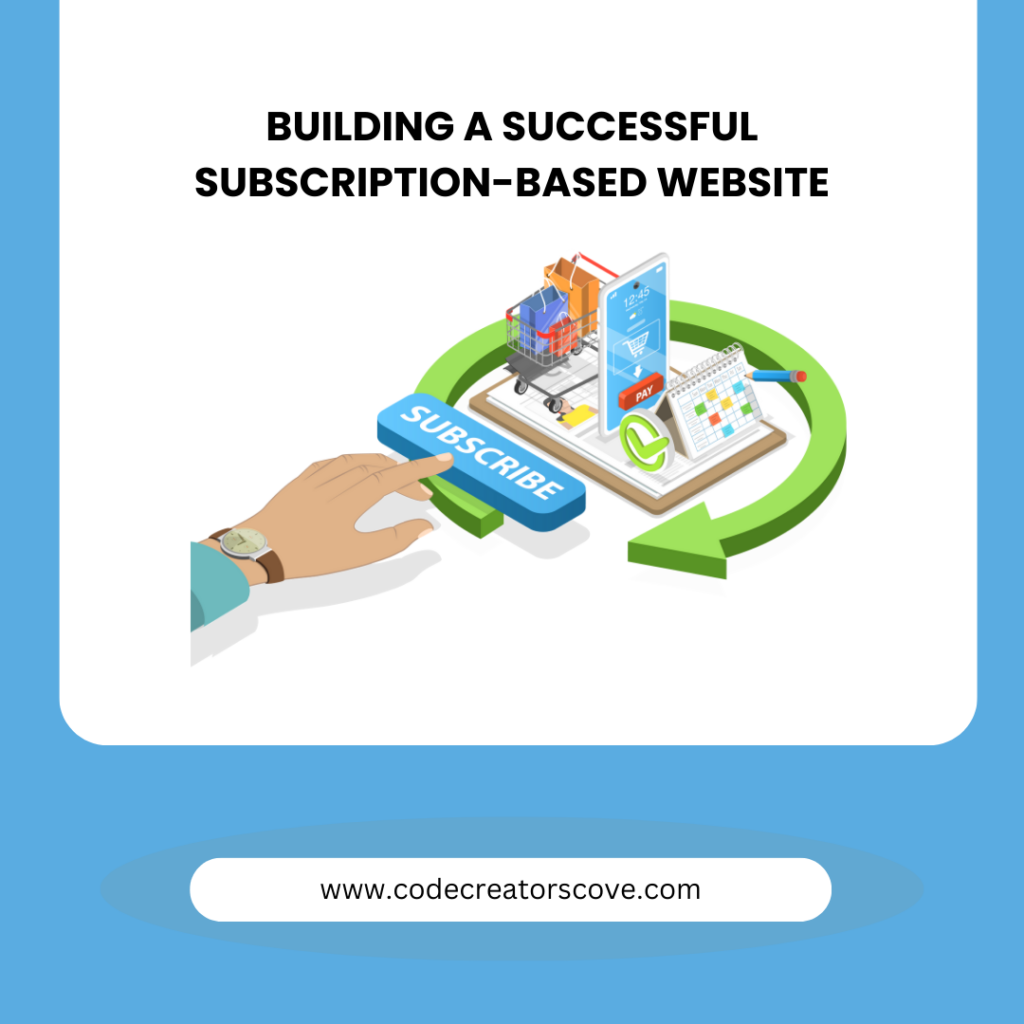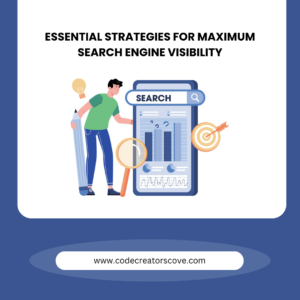In today’s digital age, subscription-based services have gained immense popularity. From streaming platforms to e-learning websites, businesses are shifting towards subscription models to create steady revenue streams. But how do you successfully launch and manage a subscription-based website? This guide’ll explore everything you need to know to create, optimize, and grow a subscription-based service online.
What Is a Subscription-Based Website?
A subscription-based website requires users to pay a recurring fee to access exclusive content, services, or products. This could range from a streaming service like Netflix to membership sites that offer premium content such as online courses, fitness plans, or niche communities. The core of this model is recurring billing, where subscribers pay weekly, monthly, or yearly for ongoing access.
Why Choose the Subscription Model?
There are numerous advantages to adopting a subscription-based model, including:
– Predictable Revenue: Monthly or yearly subscriptions create predictable cash flow, which helps with better financial forecasting and operational planning.
– Customer Loyalty: Subscribers tend to stay longer if they consistently find value in your service, leading to long-term customer retention.
– Scalability: This model allows businesses to scale effectively. You can easily add new content, features, or services, keeping subscribers engaged.
Steps to Launch a Subscription-Based Website
Here’s a step-by-step approach to creating your own subscription-based website:
1. Identify Your Niche
Before you start, define a clear niche or target audience. Whether you’re offering exclusive fitness plans, business tutorials, or premium content, your website should cater to a specific group of people with distinct needs. Narrowing your focus helps build a loyal subscriber base, as it’s easier to market a specialized service than a general one.
2. Choose the Right Platform
You can either build your website from scratch or use platforms tailored for subscription services. Tools like WordPress combined with plugins like WooCommerce Subscriptions or all-in-one platforms like MemberPress and Kajabi offer pre-built templates and payment gateways specifically designed for subscription models.
3. Content Creation and Offerings
What will your subscribers gain from joining your platform? Your offering must be exclusive and valuable. Whether it’s premium content, on-demand videos, newsletters, or community access, the value proposition must be clear. Keep content fresh by regularly updating the offerings, which gives subscribers a reason to stay.
4. Set Up Pricing Tiers
Many successful subscription websites offer tiered pricing. For instance, you could offer a basic plan that provides limited access and a premium plan that includes exclusive perks such as priority support, extended features, or members-only content. The tiers provide flexibility, allowing users to choose based on their needs and budget.
5. Integrate Payment Gateways
Integrating seamless payment solutions is crucial. Ensure that your website can handle recurring billing efficiently. Common payment processors include Stripe, PayPal, and Square, which can manage recurring payments, track customer data, and offer various payment methods. Don’t forget to factor in global currencies if you’re catering to an international audience.
6. Design a User-Friendly Interface
The user experience (UX) plays a significant role in customer satisfaction and retention. Your subscription-based website should have a clean design, intuitive navigation, and easy-to-access content. Also, ensure the sign-up process is quick and simple, encouraging potential customers to subscribe without hassle.
7. Optimize for Mobile
Many users access subscription-based services via smartphones or tablets. Make sure your website is mobile-friendly and responsive. A good mobile experience keeps your users engaged, no matter what device they use.
8. Marketing Your Subscription-Based Website
Once your website is up and running, the next step is attracting subscribers. A robust marketing strategy will help drive traffic and increase sign-ups.
9. Content Marketing
Publishing free but valuable content is a great way to entice potential subscribers. Blogs, podcasts, webinars, and videos give a taste of your premium offerings, positioning your website as an authority in your niche.
10. Social Media Campaigns
Platforms like Instagram, Facebook, and LinkedIn are excellent tools to reach a wider audience. Create engaging posts, run ads, and offer limited-time promotions to convert followers into subscribers.
11. Email Marketing
Offer a free trial or a lead magnet (such as an eBook or free course) to capture email addresses. Once you’ve built an email list, use it to promote your subscription service, offer discounts, and share the benefits of upgrading to premium plans.
12. Referral Programs
Word of mouth is powerful. Implement a referral program that rewards existing subscribers for bringing in new users. Offer discounts or exclusive perks to encourage subscribers to share your service.
Retention: Keeping Subscribers Engaged
Acquiring subscribers is only half the battle. Retaining them is just as crucial. Here are some tips for increasing retention:
1. Consistently Add Value: Ensure that subscribers feel they are continuously getting value. Whether through new content, regular updates, or member-only events, always find ways to engage and excite your audience.
2. Offer Excellent Customer Support: Subscribers should have easy access to support channels. Be prompt in resolving issues, offer live chat support, and maintain a comprehensive help center to address common problems.
3. Analyze User Data: Use analytics to monitor user behavior. Understand which content is popular, track churn rates, and adjust your offerings based on user preferences. Data-driven decisions can significantly improve retention.
Legal and Compliance Considerations
Running a subscription-based website comes with its share of legal obligations. Make sure you’re compliant with:
– Data Privacy Laws (like GDPR or CCPA) to protect user data.
– Refund and Cancellation Policies that are transparent and easy for users to understand.
– Terms and Conditions that outline the agreement between you and your subscribers.
Scaling and Growing Your Subscription Website
As your website gains traction, consider scaling up by:
– Expanding your content library to cater to more users.
– Collaborating with influencers or experts to increase credibility.
– Offering loyalty rewards to long-term subscribers.
– Expanding to new markets with regional content or multilingual support.
Conclusion
Building a successful subscription-based website requires careful planning, continuous innovation, and consistent marketing. By focusing on user experience, providing valuable content, and retaining subscribers through engagement, you can develop a sustainable business model that generates predictable revenue and long-term growth.


